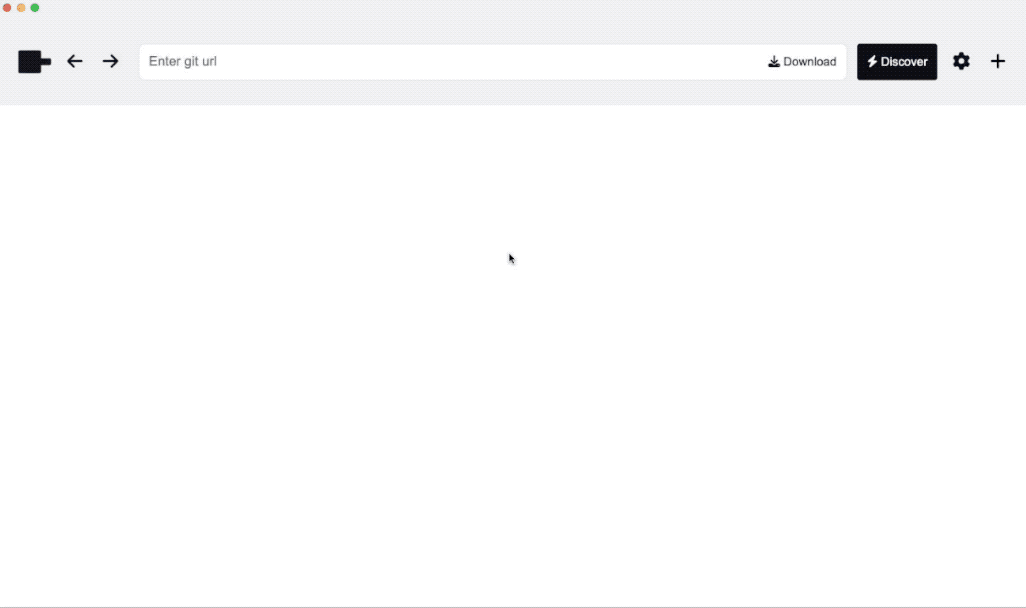A one-click installer for https://github.com/a16z-infra/companion-app powered by Pinokio
{
"run": [{
"method": "shell.run",
"params": {
"message": "git clone https://github.com/a16z-infra/companion-app.git"
}
}, {
"method": "shell.run",
"params": {
"message": "npm install",
"path": "companion-app"
}
}, {
"method": "input",
"params": {
"title": "Settings",
"form": [{
"title": "OpenAI API KEY",
"key": "OPENAI_API_KEY",
"description": "Find your OpenAI API key <a target='_blank' href= 'https://platform.openai.com/account/api-keys'>here</a>"
}, {
"title": "Pinecone Index Name",
"key": "PINECONE_INDEX",
"description": "Make sure to set up pinecone by following the instructions <a target='_blank' href= 'https://github.com/a16z-infra/companion-app#3-fill-out-secrets'>here</a>"
}, {
"title": "Pinecone Index Environment",
"key": "PINECONE_ENVIRONMENT"
}, {
"title": "Pinecone API KEY",
"key": "PINECONE_API_KEY"
}, {
"title": "NEXT_PUBLIC_CLERK_PUBLISHABLE_KEY",
"key": "NEXT_PUBLIC_CLERK_PUBLISHABLE_KEY",
"description": "Set up clerk by following the instructions <a target='_blank' href='https://github.com/a16z-infra/companion-app#3-fill-out-secrets'>here</a>)"
}, {
"title": "CLERK_SECRET_KEY",
"key": "CLERK_SECRET_KEY"
}, {
"title": "UPSTASH_REDIS_REST_URL",
"key": "UPSTASH_REDIS_REST_URL",
"description": "Set up Upstash by following the instructions <a target='_blank' href='https://github.com/a16z-infra/companion-app#3-fill-out-secrets'>here</a> and scroll down to the 'Upstash API key' part)"
}, {
"title": "UPSTASH_REDIS_REST_TOKEN",
"key": "UPSTASH_REDIS_REST_TOKEN"
}]
}
}, {
"method": "fs.write",
"params": {
"path": "companion-app/.env.local",
"text": [
"VECTOR_DB=pinecone",
"",
"NEXT_PUBLIC_CLERK_PUBLISHABLE_KEY={{input.NEXT_PUBLIC_CLERK_PUBLISHABLE_KEY}}",
"CLERK_SECRET_KEY={{input.CLERK_SECRET_KEY}}",
"NEXT_PUBLIC_CLERK_SIGN_IN_URL=/sign-in",
"NEXT_PUBLIC_CLERK_SIGN_UP_URL=/sign-up",
"NEXT_PUBLIC_CLERK_AFTER_SIGN_IN_URL=/",
"NEXT_PUBLIC_CLERK_AFTER_SIGN_UP_URL=/",
"",
"OPENAI_API_KEY={{input.OPENAI_API_KEY}}",
"",
"PINECONE_API_KEY={{input.PINECONE_API_KEY}}",
"PINECONE_ENVIRONMENT={{input.PINECONE_ENVIRONMENT}}",
"PINECONE_INDEX={{input.PINECONE_INDEX}}",
"",
"UPSTASH_REDIS_REST_URL={{input.UPSTASH_REDIS_REST_URL}}",
"UPSTASH_REDIS_REST_TOKEN={{input.UPSTASH_REDIS_REST_TOKEN}}"
],
"join": "{{os.EOL}}"
}
}, {
"method": "shell.run",
"params": {
"message": "npm run generate-embeddings-pinecone",
"path": "companion-app/companions"
}
}, {
"method": "notify",
"params": {
"html": "<b>Install complete</b><br><br>Click here to go to the start script!",
"href": "./start.json"
}
}]
}- The first step runs
shell.runwith `git clone https://github.com/a16z-infra/companion-app.git", which clones the companion-app github repository - The second command runs
npm install - The third takes a user input. This is where you enter the API keys from all the required API providers such as OpenAI, Pinecone, Clerk, Upstash, etc.
- The input is passed onto the next action
fs.writeas the variableinput - The
fs.writeAPI creates a file namedcompanion-app/.env.localwith the text inside the array. Note that it's using the template expressions with theinputvariable passed in from the previous step. - After the environment file is written, it runs
npm run generate-embeddings-pineconeinside thecompanion-app/companionsfolder - After all this is finished it displays a notification pop up, which when clicked sends you to the start.json script.
{
"run": [{
"method": "shell.start",
"params": {
"path": "companion-app"
}
}, {
"method": "shell.enter",
"params": {
"message": "npm run dev",
"on": [{
"event": "/(http:\\S.+)/",
"return": "{{event.matches[0][1]}}"
}]
},
"notify": true
}, {
"method": "browser.open",
"params": {
"uri": "{{input}}",
"target": "_blank"
}
}, {
"method": "process.wait"
}]
}- At first it creates a shell with the default execution path of
companion-app(Every subsequent command that runs throughshell.enterwill be executed from this path) - Then we run the command
npm run devwith theshell.entercall. - The
shell.enterdoesn't return until the terminal encounters a pattern that matches the/(https:/\\S.+)/pattern. When it does, The match object is stored inevent.matches, and we can return the exact match we want to the next action. - Finally, since we now know that the server has started, we open the browser using the http URL passed in from the previous step.
- Don't forget to end with
process.waitbecause, if you don't include this step, all the processes that started with this script will automatically shut down and garbage collect once this script has finished. By adding theprocess.waitcall, we are ensuring that this script never ends, and goes into a standby mode.
